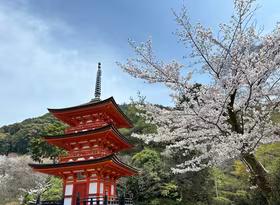Chart of the Month – Where did you come from, where did you go?
The New Zealand border has been closed since March, and with it, international tourism has all but vanished. International arrivals in July were 98% lower than a year ago, with only 3,521 arrivals. But even though there aren’t many new visitors arriving, there are quite a few still in New Zealand. Data published by StatsNZ estimates there to be somewhere between 90,000 and 140,000 international tourists currently residing across the country, which has implications for employment and support needs.
Estimates from Stats NZ point towards travellers who are still in New Zealand tending to be sticking around in Auckland, with roughly half of all foreign travellers staying in the Super City. Other popular destinations for visitors are Canterbury (9.8%), Waikato (9.2%), and Wellington (7.9%) regions.
Relative to population, three areas stand out, with Auckland, Bay of Plenty, and Marlborough having a higher concentration of travellers in their area. These concentrations make broad sense, with travellers remaining in areas with recently completed seasonal work (Bay of Plenty with fruit and Marlborough with wine), as well as New Zealand’s international gateway (Auckland).
These figures will be of little comfort for tourism tourist hotspots, such as Queenstown, Dunedin, and Rotorua, who are currently suffering from a lack of international tourists. Data from MBIE shows tourism spending in the year to June 2020 was 14%pa lower than a year prior. Travellers remaining in New Zealand are a wider group than just continuing tourists, and it’s unlikely that this group is still spending on tourism activities like normal. But understanding where those who are still in New Zealand are located, gives us some clues as to how different regions utilise the people and skills they have, and will help inform planning as New Zealand moves ahead.











